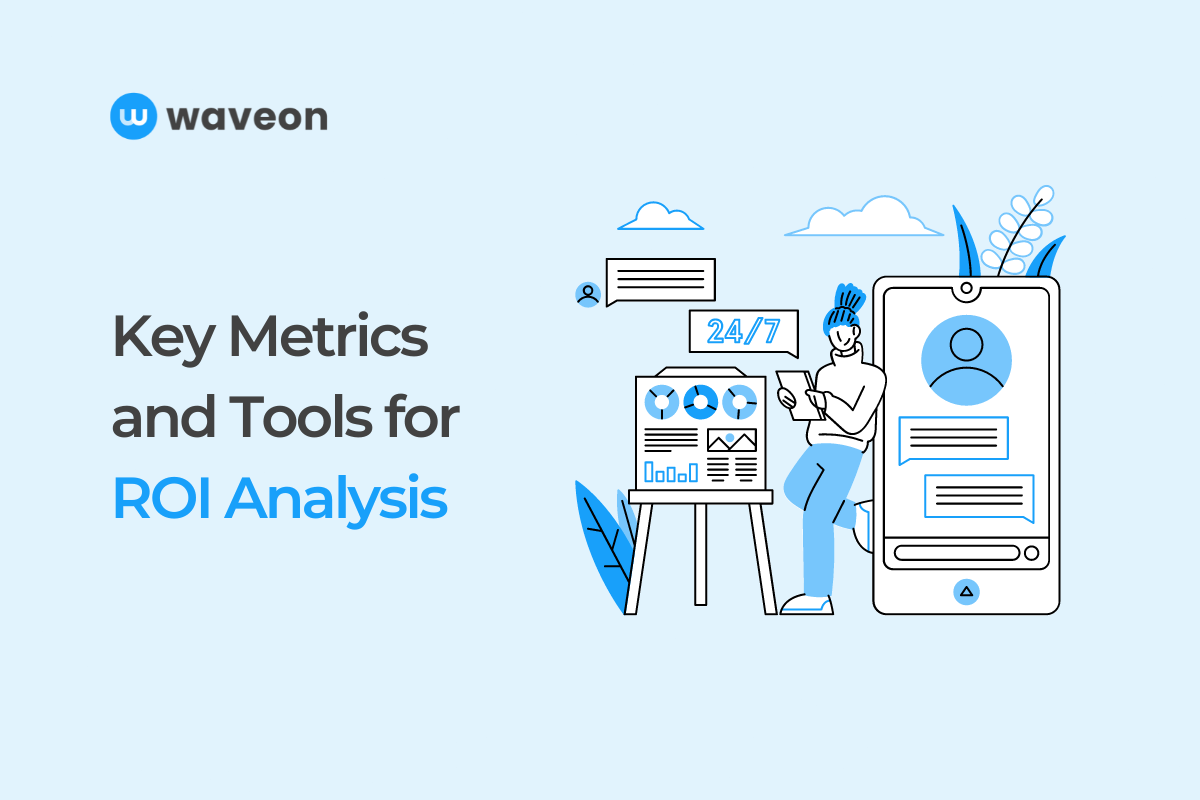Insight
Methods for Writing a Business Plan for Startups
Waveon Team
4/24/2023
0 min read
blogTocHead
You may want to start your business right away after deciding to start up, but there's a challenging hurdle: writing a business plan. In the early stages of a startup, there are many reasons to write a business plan. Startup business plans are mainly written for the purpose of attracting investments (IR) from VCs or government agencies, or for internal decision-making purposes, such as business strategies. Today, we will learn how to write an IR business plan for the purpose of attracting investments from investors, including VCs.
What is a Business Plan?
First, you need to understand what a business plan is and what purpose it serves. While a business plan may seem similar to a company introduction that simply introduces our company, the purpose of a business plan is different from a company introduction.
Company introduction: A document that introduces our products and services or the company's status for sales and promotional purposes, with the readers often being general customers or client companies.
Business Plan: A document that includes strategic decision-making and important plans of the company, such as market problems, solutions we want to provide, market situation, and development plans, with the readers often being major investors.
Tips for Writing a Startup Business Plan

The reader of the business plan does not have as much understanding of our company and products as our internal members do. When writing a business plan, keep in mind that it should be easy to read with clear and concise expressions.
Limit the number of PPT slides to a maximum of 15: Exclude unnecessary content and focus on delivering the core message. Business plans that exceed 15 slides not only tire investors but may also not be read at all.
The title should clearly reflect our story: It is a good idea to write the title so that the story of our product is clearly revealed.
Using difficult and flashy words like "AI-based curation" may actually reduce the understanding of the business and raise questions about its feasibility.
- Startup IR title example (1): "Content-based on-demand mobile tutoring platform, Tutoring"
- Startup IR title example (2): "Last order, see our neighborhood's closing sales at a glance"
Avoid difficult and technical terms: Being immersed in a specialized field can lead to inadvertently using difficult technical terms in the business plan, but investors cannot judge a good business if they cannot understand what they are reading. It is best to write all texts and documents so that even middle school students can understand them.
Startup Business Plan Table of Contents

1. Company vision (establishment purpose): On the first page, it is a good idea to present the vision, including the market and core values that the company is aiming for, in one line. The title mentioned earlier can be considered. The title should be a specific and descriptive line, composed cleanly with nouns and verbs without resorting to vague language.
2. Problem to be solved: The most important part of the business plan, explaining the market problem that customers are experiencing and what our company aims to solve. Present the inconveniences or inefficiencies experienced by customers and explain how customers think about these issues. These problems are often divided into 'nice-to-have problems' like 'vitamins' and 'painkillers' that 'must-have or cause inconvenience'. Most investors prefer the latter.
3. Solution: Present the solution of how the company can solve the problem mentioned earlier. The solution does not need to be extravagant or flashy; it is important to appeal that our team can best execute this solution within the feasible range.
4. Market: Analyze and present the status and size of the target market. The materials presented here should provide insights into what the market is and what problems and opportunities it has, rather than easily accessible press releases or research materials found through googling. General market research materials are likely to be less impactful, as investors often have access to more comprehensive data. Instead, focus on providing insights that demonstrate your unique understanding of the market, its problems, and opportunities.
5. Competitors: Honestly explain the strengths and weaknesses of your company in relation to competitors, and justify why you are focusing on these strengths. Avoid claiming that you have no competitors. For instance, if your product is the only golf wear brand in the domestic market, your competitors can include not only similar businesses but also all other services that support leisure activities.
6. Revenue model: Establish a clear and narrow revenue model to prove that your business is viable and sustainable. Claiming that your company can do subscription models, sharing models, and advertising all at once may hinder the perceived feasibility of your business.
7. Business strategy and plan: Outline how you will enter the market, conduct marketing, and validate your product in the market. Plans should be presented on a quarterly basis, with additional information on how you will expand your assets and workforce.
8. Team introduction: For early-stage startups that have not yet validated their market, the most powerful weapon to persuade investors is the team. Prove that your team is the best group of people to execute the solution. Instead of just listing qualifications, explain each team member's mission and story related to solving the problem.
Of course, there is no strict formula for a business plan. However, all startups must recognize that a business plan is also a form of marketing aimed at convincing investors.
Curious about more articles? ⇒ Visit the Waveon Blog.












